Cork family lead native oyster restoration
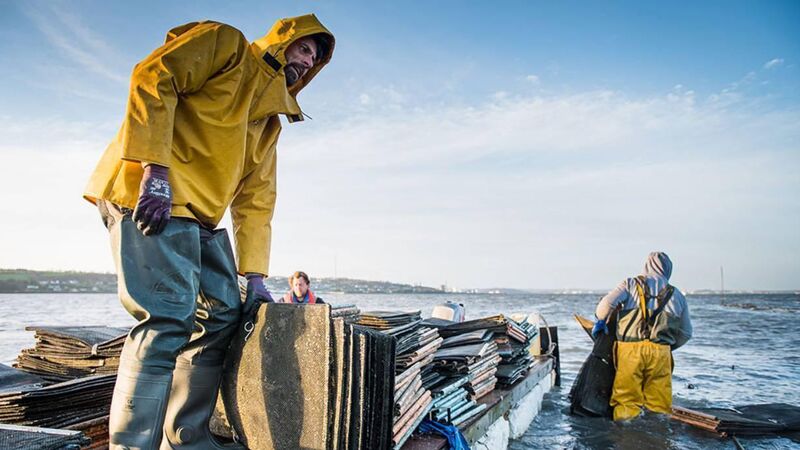
Photograph: courtesy of Rossmore Oysters, taken by Joleen Cronin.
THERE has been an oyster farm nestled along the Belvelly Channel since 1969. Rossmore Oysters, established by David Hugh-Jones that year, remains Ireland’s only native oyster farm.
Brick Island is tethered to land by a thin causeway. Surrounded by a barricade of towering firs is a unique aquaculture system. In fact, it’s the only example of this method of native oyster farming in the world.
Some 22 ponds, each containing a million litres of water, are the temporary home to mum, dad, and the oyster kids for the first year or so of their lives. The ponds are lined with a thin layer of mussel shells, ideal for baby oysters to attach to and grow.
It also means every Rossmore Oyster carries with it an unmistakeable identifier – a bit of mussel shell grafted by time onto the back of the oyster shell.
David trialled this pond-based aquaculture system after stumbling upon research completed in Conway, Wales, before the outbreak of the world wars, abandoned and never returned to.
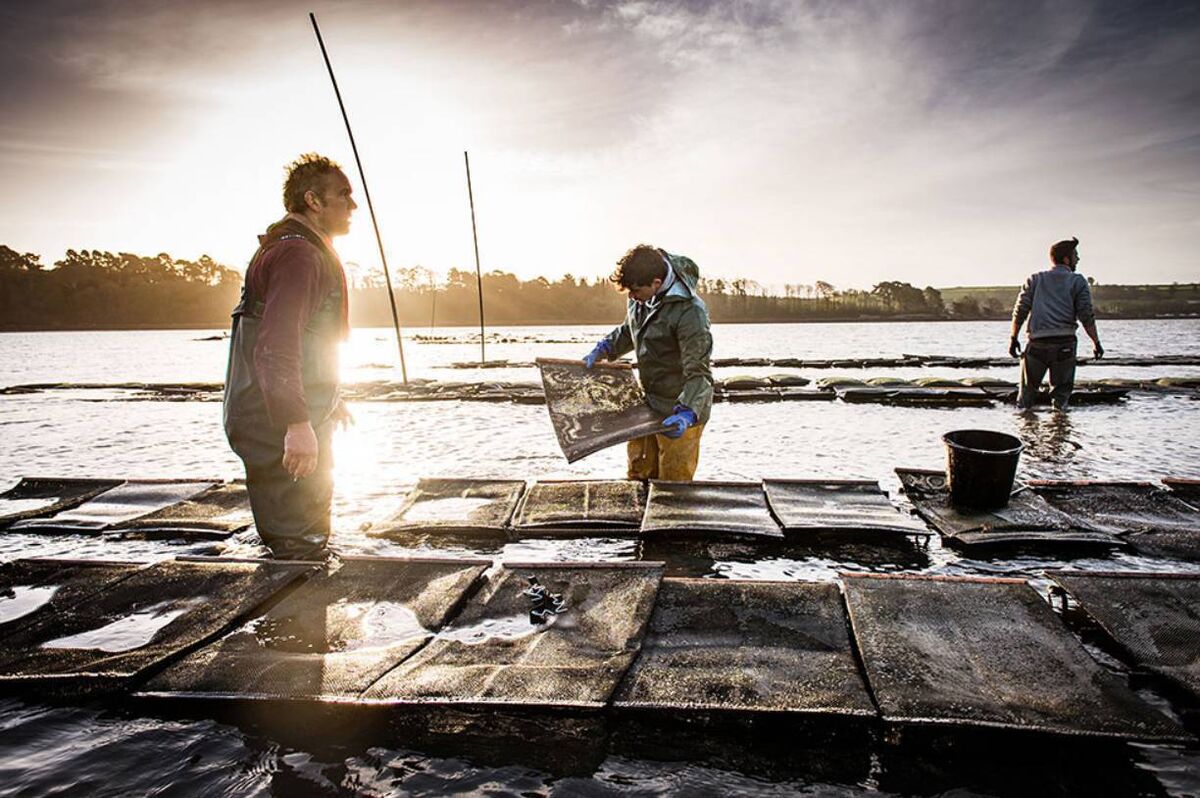
Today, the farm is managed by his son, Rupert Henry-Jones, a familiar face to regulars of Mahon and Douglas farmers’ markets, and his brother, Tristan, who mostly spends his time at native oyster fisheries in Scotland and Cornwall.
“When the native oysters produce babies, they have a 10-day free-swimming phase where they’re in suspension, swimming around,” explains Rupert. “Then they build their shell and stick to the floor of the ponds where they remain.
If they were just in the river, they’d all be sucked out to sea, and you’d never have a fishery.
All along the Belvelly Channel is evidence of middens, layers of empty shells discarded by people after feasting on oysters, dated to neolithic times 3,500 years ago, proving this place has been a habitat well suited to native oysters for millennia.
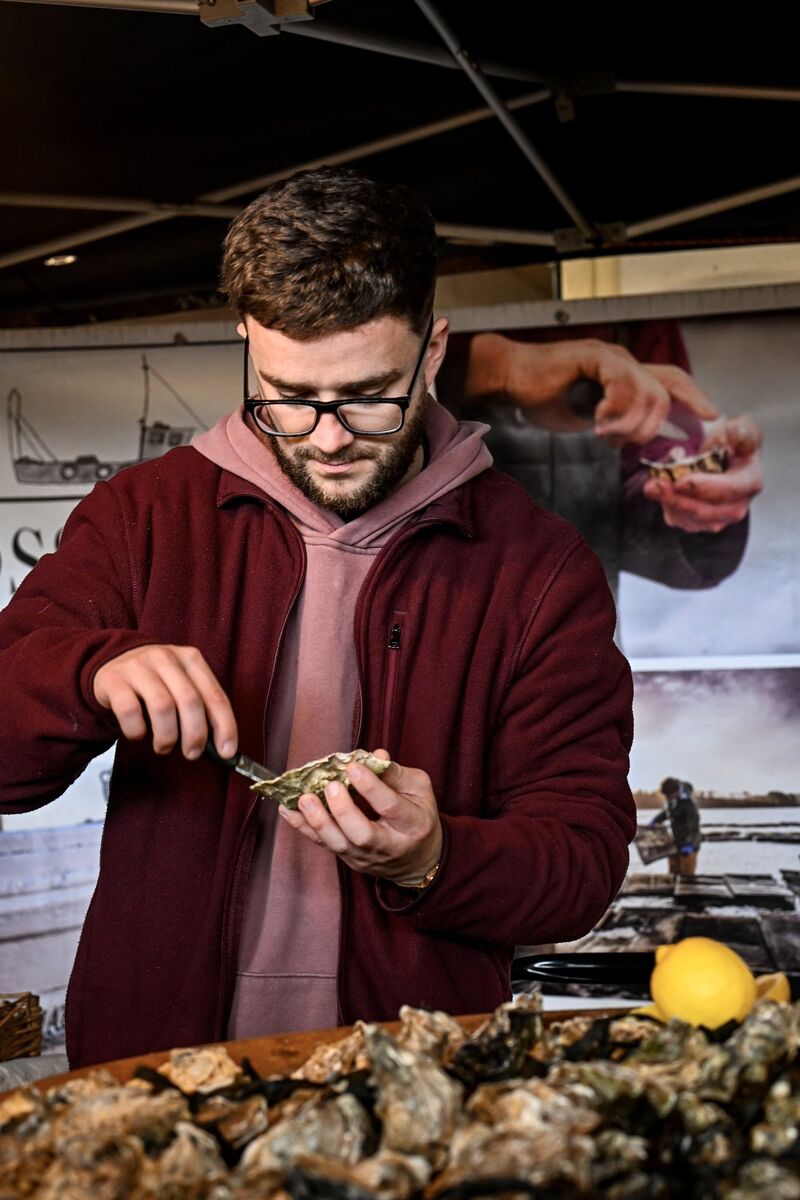
Aside from the thousands of years of perfect habit for native oysters, the uniqueness of the pond aquaculture system, and the fingerprint-like Rossmore Oyster identifier, what is special about this oyster farm? Aren’t oysters everywhere, all the time?
There are two species of oysters in the world: Native and Rock (or Pacific) oyster. The former has a wide and flattened shape not dissimilar to a scallop, is slow-growing, meaty with a rich minerality of flavour. The latter has a lengthier appearance with a deep well into which the bivalve grows plump and sweet and quick.
Rock oysters are unable to breed naturally. It means they keep in good condition, can be harvested and enjoyed year-round.
Remember that old piece of lore about not eating oysters if there isn’t an R in the month? That’s relevant only to native oysters which do breed naturally. From May, when the water temperature hits a balmy 20C, oysters frolic with each other. The activity is so frenetic they need time to recover, (especially the females who can spawn several million eggs in just a few short weeks), and that doesn’t happen until about September at the earliest, ideally October, when there is an R in the month once more.
Rossmore Oysters was first and foremost a native oyster farm but was forced to diversify into rock oysters when a disease called bonamia arrived at the estuary.
It wiped out nearly all the native oysters here. We had 14 million oysters at the time ready to sell. They all died. It was devastating.
So now, as well as the pond system for the natives, Rossmore Oysters also have 13km of raised trestle beds sited in the lower harbour near Rostellan and East Ferry. Rock oysters are grown in sacks and shaken by hand at every spring tide to encourage the familiar shape of the rock oyster shell to develop, and to stop the oyster growing onto each other.
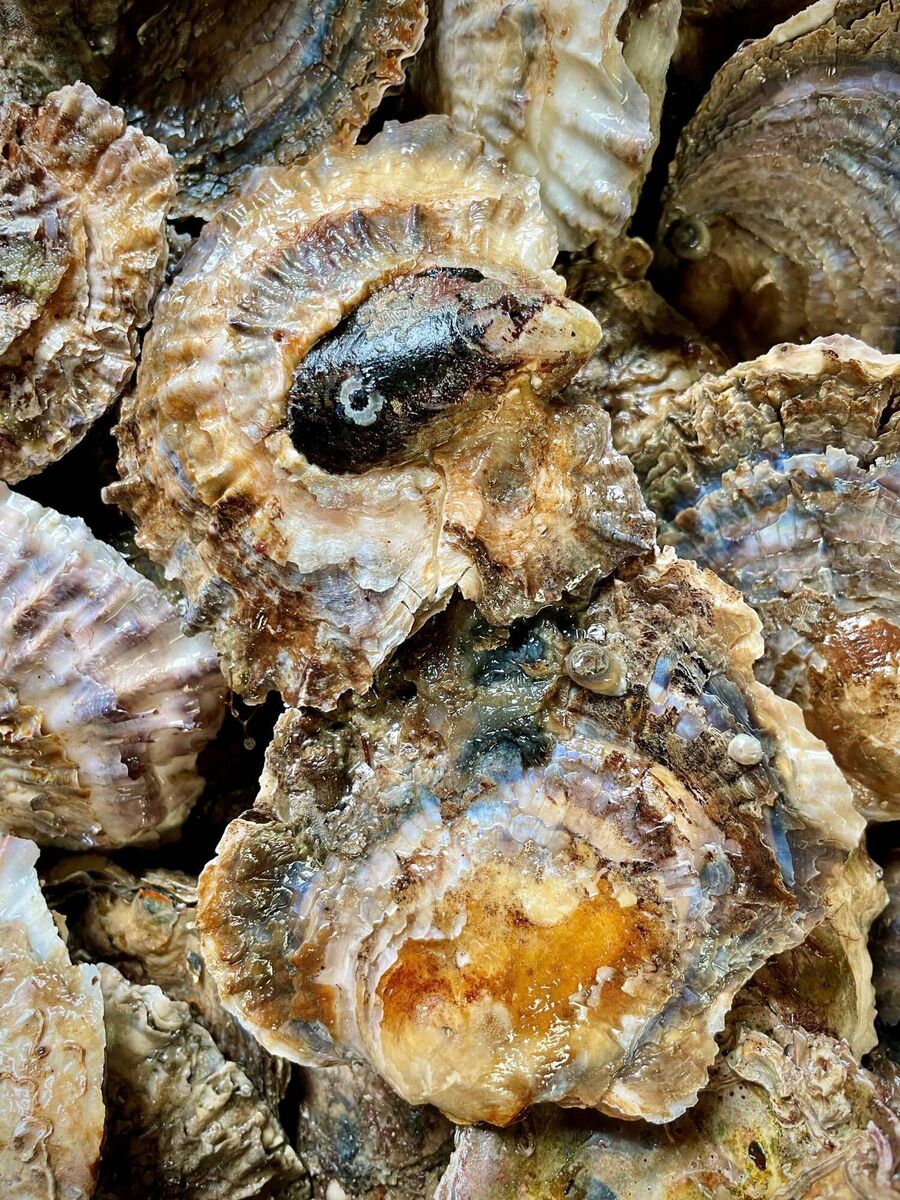
The Hugh-Jones’s noticed some of the native oysters didn’t succumb to bonamia. These survivors were isolated, and a selective breeding system was undertaken.
“We were able to breed from those that survived and selected for tolerance to disease. It makes us streaks ahead of everyone else, and we’ve been doing that since the 1980s,” says Rupert.
“It’s been difficult and a challenge, but in 2020 we had our first good year of breeding in the ponds, and then, just before last Christmas, we started selling natives again on the continent.
Hopefully, we can push towards focusing on native oysters and doing less with the rock oysters.
“Native oysters were fished to extinction in the early 1900s across Europe, and we’re the only people who farm native oysters in the world. Most people manage the population they have to ensure they perpetuate,” explains Rupert, “so if the population gets too low, there isn’t enough to maintain an oyster population.
“We selectively breed, although we’d probably call it mass selection. We use 20,000 for our annual crop, that’s huge diversity to keep our genetic options open. We’re not changing anything, just actively selecting for problems that are out there.
“The ultimate aim was to get the native oysters spawning here for the first time. The point of the ponds was to get the population up to a point where they actually do it, and in the last two years, for the first time ever, we’ve seen naturally produced babies.”
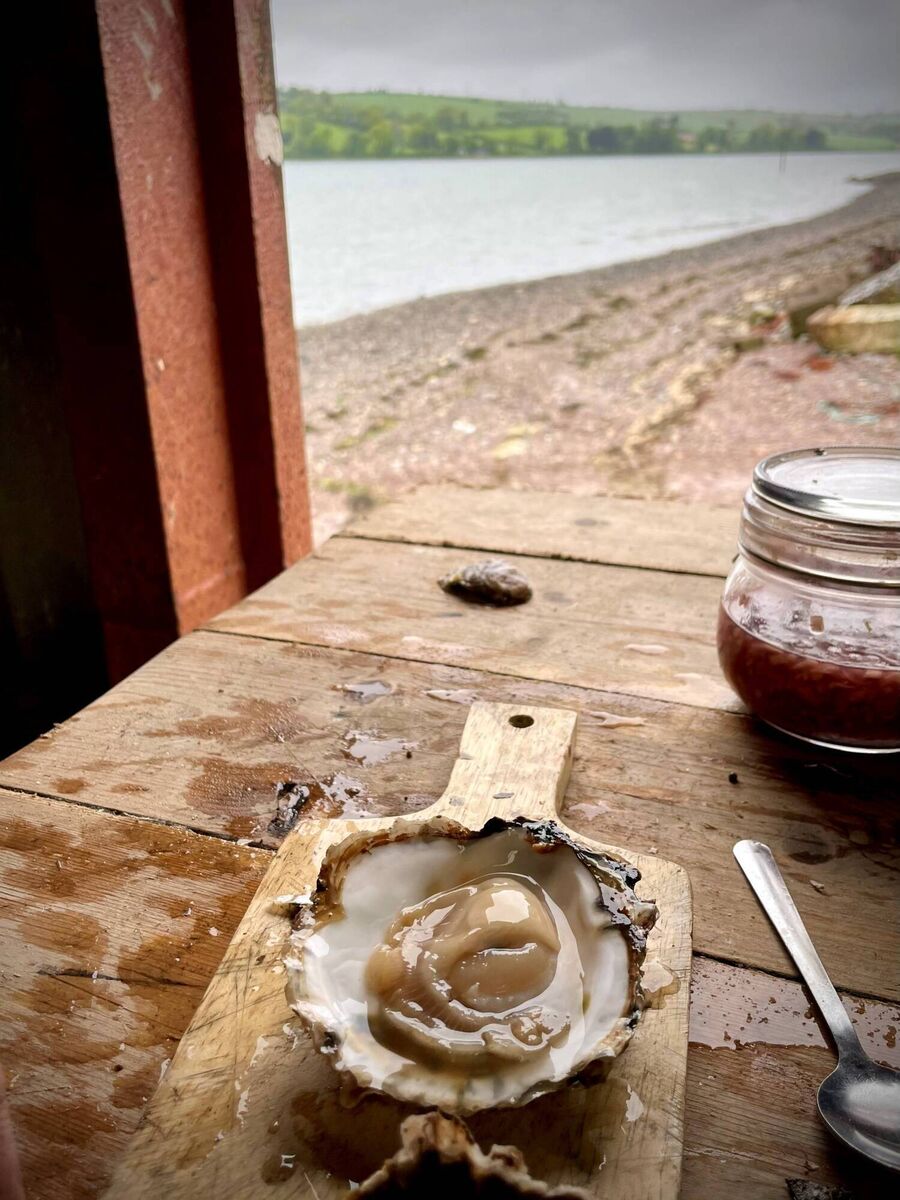
When both the native and rock oysters reach maturity, they are loaded onto a raft and shovelled out into the estuary where they live on the seabed until they are ready to harvest. While there, the oysters create an estuarine ecosystem.
“They like to settle on to each other and they form a complex reef shape which gives lots of hiding spaces for other little animals. It develops into an important breeding ground for species like brown crab and shrimp. So, the ecosystem builds up,” explains Rupert.
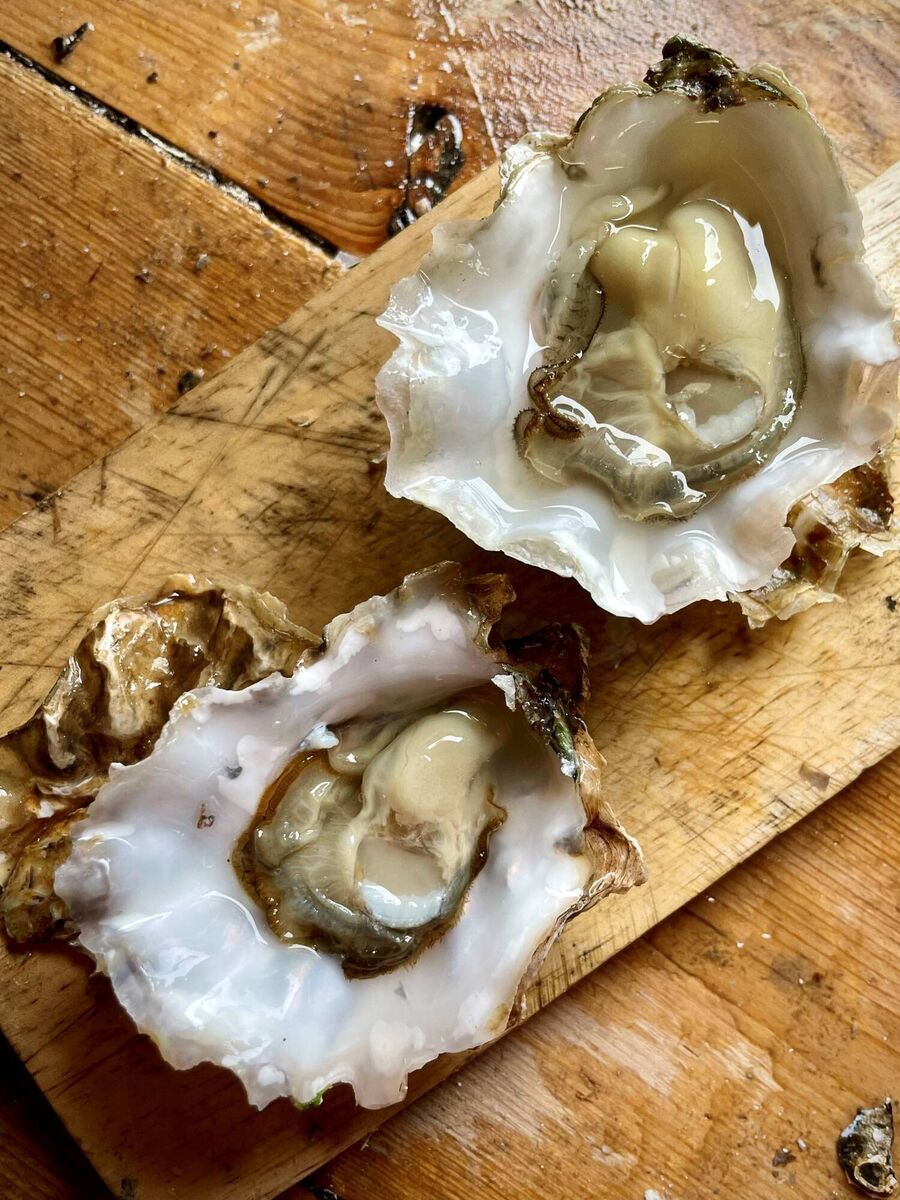
“UCC did a project last year that found 80 different species of flora and fauna on our active oyster beds growing in association.”
Rossmore Oysters work closely with UCC in analysing every facet of the farm. Fifty years of data, a pioneering spirit, and overcoming disease and environmental issues, mean that this oyster farm is finally triumphing over adversity, and can now show others the way forward.
There’s lots of positiveness now with the Nature Restoration Law that oysters are going to be quite a handy one for people trying to improve marine environments.
“The habitats that are meant to be in all these estuarine situations are suited to native oysters, and they’re already listed European-wide as critically endangered.
“The Nature Restoration Laws means that by 2050, 90% of degraded habitats need to be on the mend. We are hugely involved in native oyster restoration projects all over the world because we’re expert at it – it’s what we’ve been doing here for decades.”
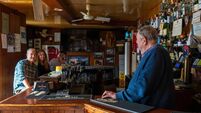


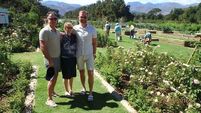



 App?
App?


